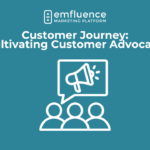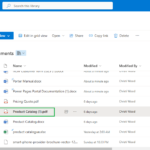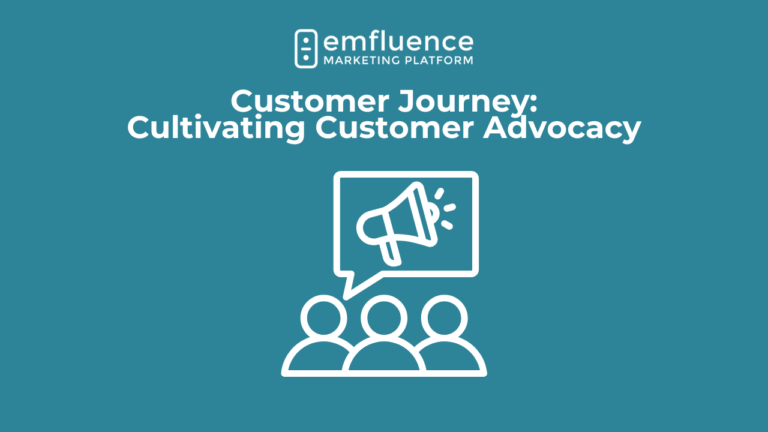In today’s digital environment, such innovation has to be very fast and efficient to outcompete others. Continuous Integration has become the bedrock of DevOps practices that allow organizations to provide quality software quickly and reliably. This article will detail the best tools and techniques on how to master continuous integration within a DevOps world, with an emphasis on the Salesforce ecosystem and how Salesforce DevOps Center, among other tools from the Salesforce DevOps suite, can change the face of your development.
Understanding Continuous Integration
Continuous Integration is a development practice wherein developers frequently integrate codes in a common repository, ideally multiple times daily. Each integration is automatically checked by running automated tests to let teams detect and fix problems early on. The goal of CI is to reduce integration problems, improve the quality of software, and reduce delivery time for new features.
Best Tools for Continuous Integration in DevOps
- Jenkins
The most popular open-source CI tool out there, Jenkins is also highly extensible, having a large library of plugins to support building, deploying, and automating any project. Because Jenkins integrates with nearly any tool in the DevOps pipeline, it’s great for teams using a lot of different technologies.
- GitLab CI/CD
GitLab CI/CD: This powerfully integrated CI in GitLab enables a seamless experience in code repository management, pipeline builds, and deployment. With GitLab CI/CD, developers can define their CI/CD processes as code for easy versioning, reviewing, and collaboration on pipeline configurations.
Don’t forget to check out: DevOps Tools for Use with Salesforce in 2024
- CircleCI
CircleCI-this is yet another cloud-based, super-fast, scaled CI tool that supports a huge number of programming languages and frameworks, letting any team effectively build, test, and deploy applications. What makes CircleCI the best choice for large projects is parallelizing jobs, where multiple builds can be executed simultaneously.
- Travis CI
Travis CI is another cloud-based CI tool that has integration with GitHub. It is simple, very easy to use, and thus has gained huge popularity among open-source projects. Travis CI supports many languages and environments, providing facility and flexibility for setting up and the management of CI pipelines.
- Salesforce DevOps Center
For teams living in the Salesforce space, the Salesforce DevOps Center is the game changer. It manages development and release processes from one place, with strong version control, continuous integration, and deployment facilities. With Salesforce DevOps Center, management of metadata in Salesforce becomes easier to have smooth and efficient CI/CD workflows, specially designed to be applied in Salesforce Development.
Techniques for Effective Continuous Integration
Automated Testing
Testing is another important gate in the process of CI. If teams have automated tests running against every integration, many issues can be detected and fixed before reaching production. An automated testing suite should contain unit, integration, and end-to-end tests.
Code Review and Pull Request
A code review process ensures that every change is carefully eye-balled before it gets merged into the final codebase. In pull requests, the team members can successfully collaborate and have an organized way of reviewing and discussing code changes. This practice helps in maintaining code quality and reduces the chance of introducing a defect.
Incremental Integrations
One of the core principles of CI is to integrate small incremental changes as frequently as possible. Because it is easier to test, review, and integrate smaller changes, the possibility of risks due to conflicts and integration problems is much lower. Teams should be targeting frequent commits of code and small, manageable integrations.
Monitoring and Feedback
Continuous improvement of the CI process requires continuous monitoring and feedback. It allows teams to track build times, test results, and deployment metrics, highlighting bottlenecks and areas for improvement. Feedback loops allow teams to iterate and improve their continuous integration workflows constantly.
![]() Check out another amazing blog by TechForce: Transforming Customer Engagement with Salesforce Experience Cloud: Best Practices
Check out another amazing blog by TechForce: Transforming Customer Engagement with Salesforce Experience Cloud: Best Practices
Conclusion
Mastering Continuous Integration is a requisite for any organization seeking effective and reliable delivery of software. Only with the very best CI tools like Jenkins, GitLab CI/CD, CircleCI, Travis CI, and Salesforce DevOps Center teams can iron out development processes and drive effective collaboration. Tipped with the best practices of automated testing, code reviews, incremental integrations, and continuous monitoring, these tools will help organizations unlock the full potential of their DevOps solutions. Ride the wave of competitiveness with a Difference in Delivering Excellent Software Experiences by leveraging the power of CI and Salesforce DevOps tools.









